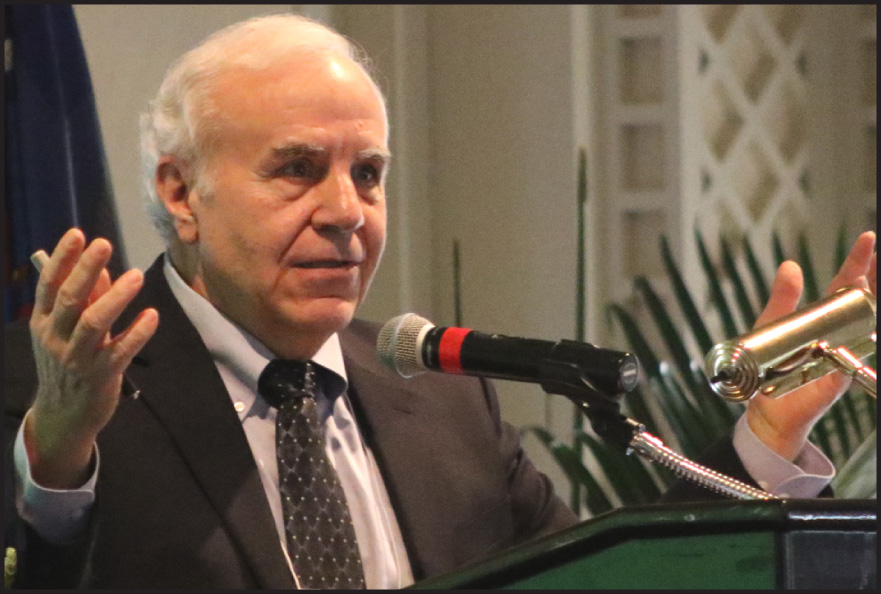The Goal: Doing
All We Can To
Reduce Dependence
On Fossil Fuels

I was sent this article, “Until Available 24/7, Renewable Energy Not Ready For Prime Time,” from your newspaper of Feb. 21-22.
“Another speaker spoke of all the things he had done to remove himself from the grid. Again, I couldn’t help but wonder how he paid for it – solar, geo-thermal and a $100,000 Tesla electric car. Would the savings ever allow him to recover those incremental costs?”
Maybe that’s not important to him, but it’s been my experience that if something is going to be widely accepted, the buyers expect it to be cost-effective. As I’ve said before, a healthy environment and a healthy economy are not mutually exclusive, rather they are inextricably intertwined.
“He went on to say that he is totally off the grid and that he charges his electric car (the one that took two times as much energy to produce as a traditional combustion engine vehicle) solely from the solar panels on his roof. I thought about that on the way home and asked myself if that meant he only drove his car at night – it would have been charging during the daylight hours as that’s when the sun shines.”
I hope you will communicate my response to others at your paper and the author:
1. I spoke about doing everything I could, personally, to decrease my demand for fossil fuels while increasing their supply. I never said I had removed myself from the grid.
2. I said I have solar on my rooftop, but never said I have geothermal.
3. I said I have a Tesla, but certainly not the $100,000 kind. My TESLA (Model 3) cost me about $39,000, after receiving tax reductions from NYS and the federal government. Since that is similar to the cost of many new ICE cars, no need for me to recover incremental cost on it. However, since I will never have to buy gas for it, or change the oil, or repair the exhaust system, or the transmission, or the cooling system, or the engine, payback for the difference between what I paid for it and a less expensive ICE car is obvious worth every mile I drive.
4. The incremental cost of adding solar thermal and solar voltaic to my home has a pay-back of about eight years. My previous total yearly utility cost was about $3,500 per year; my total cost last year was about $500 ($200 of that was the fee to remain connected to the grid so I can use net-metering).
5. “Electric cars” do not take twice as much energy to produce as ICE cars. That is nonsense, and unsupported in the peer-reviewed literature.
6. The notion of only driving at night because I am charging my car during the day is also nonsense. One does not need to charge an electric car all day long, or even every day.
This article, not just its references to my talk, is not the kind of informed and honest discourse I expected as an outcome of the very effective Energy Summit.
A. R. Ingraffea, Ph.D., P.E.,
is the Dwight C. Baum Professor of Engineering Emeritus
and Weiss Presidential Teaching Fellow at Cornell University

